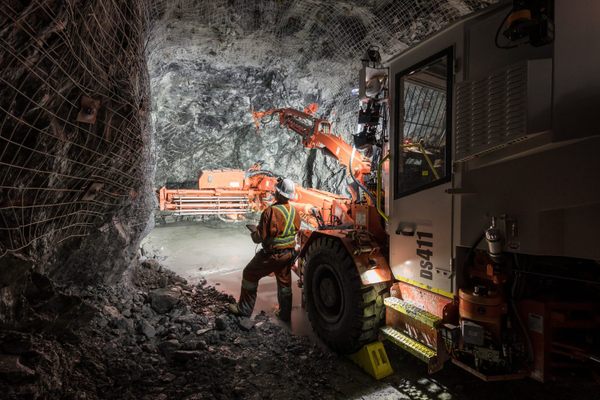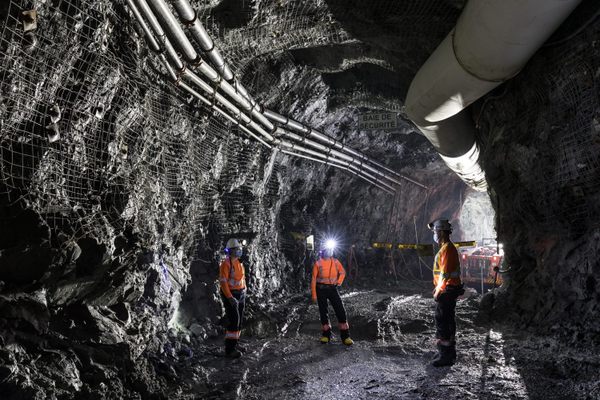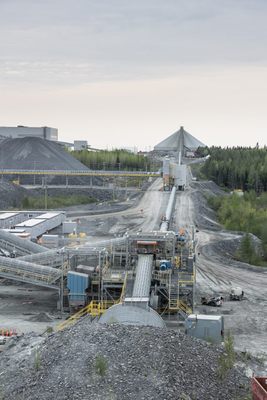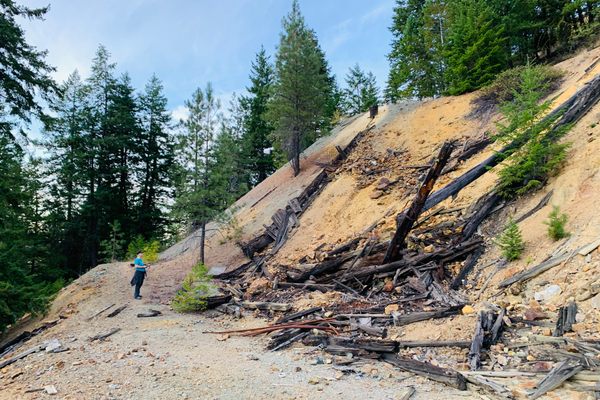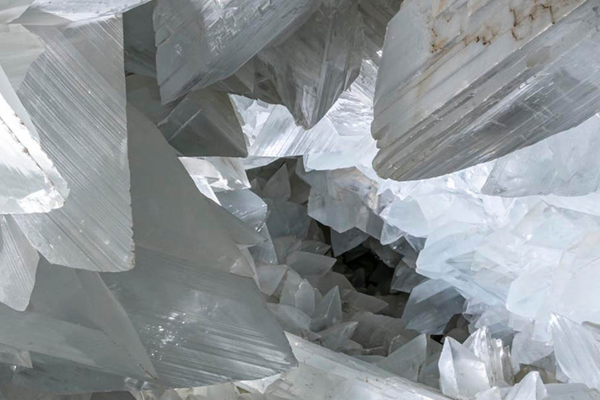About
The Canadian town of Malartic is inexorably linked to the mining industry. The earliest surveys revealing the presence of gold deposits date back to 1923. Soon after, in 1929, the town of Malartic was founded. And in 1935, the first underground exploitation started.
Canadian Malartic Gold Mines Ltd provided the first infrastructure in the company-owned village, but after the first influx of workers, this arrangement was impractical, and an actual town started developing. By 1939, three more mining companies were operational in and nearby Malartic. By 1947, the four mining companies combined processed approximately four tons of ore each day. Since then, the fortunes of Malartic ebbed and flowed with the fluctuations of the mining industry.
As of 2021, the entity operating the mine is the Canadian Malartic Partnership. It employs 2,100 full-time workers, 800 Canadian Malartic Mine workers, and 1,300 contractors. Operating 24/7, the company processed 20 million tons of ore in 2020, which yielded a grand total of 568,634 ounces of gold. Ore processing involves crushing, grinding, and leaching circuits. Then, activated charcoal is used for re-absorbing the silver and gold dissolved in the process. Geologists estimate that there are still 4.43 million ounces of gold reserves left.
Through the Musée Minéralogique de l’Abitibi-Témiscamingue, it is possible to organize a visit to Malartic Mine to observe how ore is processed and see state-of-the-art mining technology in action. The visit offers also the opportunity to appreciate what it means to be a miner in the 21st century. The museum has exhibits on minerals from Malartic and beyond, and it provides a historical overview of mining projects in the region.
Related Tags
Community Contributors
Added By
Published
January 11, 2022


